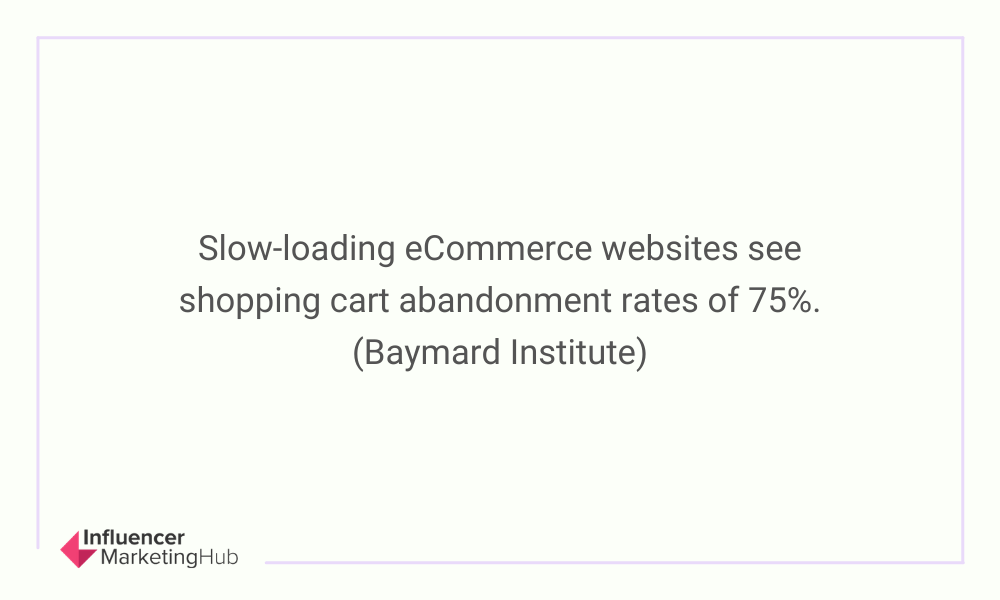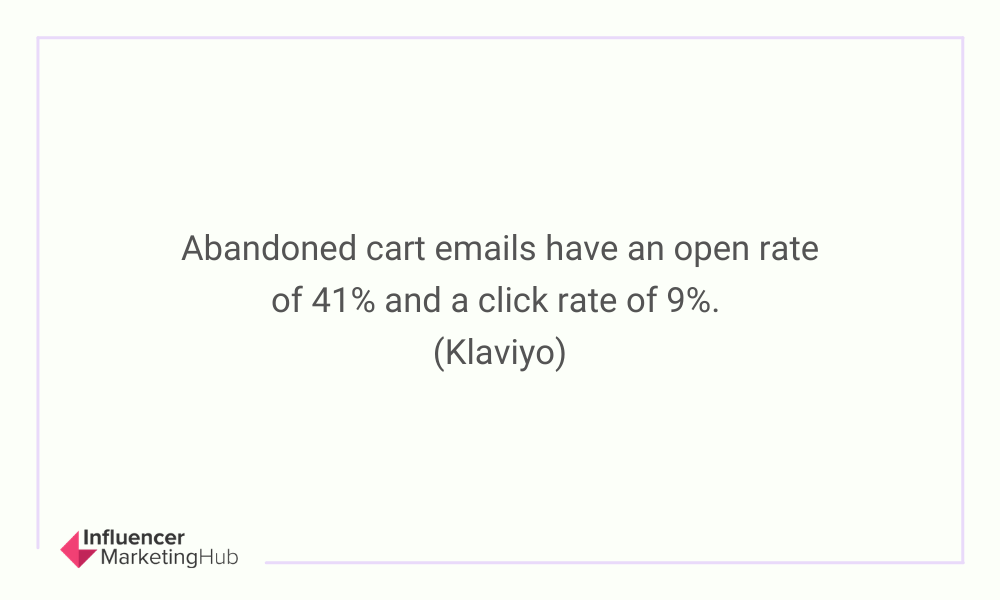In real life, abandonment is harsh. It leaves you vulnerable and isolated. Take a look at the world of eCommerce, and there is another type of abandonment that you could fear – shopping cart abandonment. It is one challenge that brick-and-mortar stores don’t really have to worry about, but for stores operating online shopping cart abandonment can lead to revenue cuts and lower conversion rates. As a matter of fact, it is a real problem for eCommerce stores. According to Baymard Institute, the average documented shopping cart abandonment rate can be as high as 70%, based on 44 different statistics.
Luckily, in the eCommerce world, cart abandonment can be addressed without hours of intensive therapy. While you will never be able to get rid of it altogether, there are practical ways that will help you to reduce your shopping cart abandonment rate. In this article, we identify 15 strategies for optimizing the checkout process so that customers will trust your brand enough to take out their credit cards.
How to Deal With Your Shopping Cart Abandonment Issues in 15 Steps:
- 1. Include trust signals
- 2. Optimize the loading times of your pages
- 3. Make it easy to return to the store
- 4. Add a progress bar
- 5. Include images of the products
- 6. Include call-to-action prompts
- 7. Allow customers to shop without an account
- 8. Explain all the costs clearly
- 9. Provide delivery estimates
- 10. Provide various payment methods
- 11. Include a money-back guarantee
- 12. Offer 24/7 support
- 13. Send cart abandonment emails
- 14. Use remarketing
- 15. Include social proof
- Frequently Asked Questions
What Is Shopping Cart Abandonment?
In short, shopping cart abandonment refers to when a customer adds products to his/her shopping cart, but does not end up purchasing them. To work out your shopping cart abandonment rate, you divide the total number of completed purchases by the number of carts that have been created and then time it by 100.
Strategies to Reduce Cart Abandonment
1. Include trust signals
When a customer needs to complete a transaction form, it involves the sharing of personal information such as an address and contact information (not even to mention credit card details). So, the least you can do is to include trust signals like security logos to reassure your customers that they can indeed trust you with their personal details.
2. Optimize the loading times of your pages

Sadly, not everything is completely in your control. For example, if there is a delay between when the customer has placed an order and when the payment provider processes the payment, there is not much that you can do to speed up the process. But what you can do is to include some type of progress indicator that will let your customers rest assured knowing that the process will be completed very soon.
On the other hand, aspects that you can control are elements such as your images. While it is important that you include thumbnails of the products (more about this later), you should check that these images are optimized to ensure the right balance between speed and quality.
3. Make it easy to return to the store

Most of the time, online shopping does not progress from one stage to the next in a logical series of steps. Instead, it involves moving to and fro between the shopping cart and product pages.
So, it is key to ensure that it's simple to navigate between the cart and the rest of the eCommerce store by making it easy for customers to save their carts in a single click and return to it at another more convenient time. You can do this by asking customers to sign into their accounts, for example. Not only will this help reduce shopping cart abandonment, but it can also encourage customers to buy more.
4. Add a progress bar
If it feels like the checkout process just drags on with no end in sight, customers are very quick to abandon their carts and go to another online store instead. To avoid this, it is good practice to include a type of progress bar that visually presents all the steps in the checkout process and at which step the customer currently is. This way, customers know that there is, in fact, an end in sight (and it might very well be after the next step).
To incorporate this effectively, your progress bar should have the minimum number of steps possible. To help you get the right format, be sure to A/B test a few options before you settle on your final progress bar.
5. Include images of the products
By including small thumbnails of the products that a customer is buying, you can strengthen the desire for the products. It also serves a much simpler goal of reminding the customer of what they are buying and, all in all, just makes it easier for customers to proceed to checkout.
6. Include call-to-action prompts
Even though a customer has added items to his/her shopping cart, encouragement in the form of a call to action is still needed. The trick is to ensure that the calls to action that you use on your checkout pages are in line with the other CTAs that you include on your site.
7. Allow customers to shop without an account
While asking customers to sign in is a great way to gather data and allow them to return to their shopping cart at a later stage, you should also give customers the chance to shop without first having to log in. According to the Baymard Institute, online shoppers are more inclined to abandon their shopping cart if they are required to create an account. In fact, almost a third will use this as a reason to abandon their carts.
8. Explain all the costs clearly
If you charge any other fees, make sure that you clearly explain these before customers even start the checkout process. This includes shipping costs.
Just be upfront about these costs at the start. After all, your customers are going to find out about them at the end and, therefore, there is no use in trying to hide it.
At the same time, try to restrict these fees to the minimum (if you can’t avoid them altogether). Research by the Baymard Institute has found that in more than half of cases (53%), cart abandonment at checkout is the result of high shipping and tax costs.
9. Provide delivery estimates
In addition to communicating your shipping costs clearly at the beginning of checkout, also make sure to include delivery estimates. Data from Digital Commerce 360 reveals that as many as 20% of consumers feel that imprecise delivery dates will cause them to abandon a purchase. While it does not have to be definite, the calculation (e.g. 5-7 days) should not be too vague.
10. Provide various payment methods
In addition to credit card payment options, there are many other payment options that are available today. From PayPal to Apple Pay and other mobile payment solutions, you need to cater to a bigger audience that also includes younger consumers. While it might initially be more work for you, by offering multiple payment options it could mean more money in the bank for your business.
11. Include a money-back guarantee
Unlike businesses with physical store locations, trust plays a bigger role in eCommerce transactions as customers have to take the online store by its word. To help squash your customers’ hesitation, it is a good idea to offer a money-back guarantee. While this might sound insignificant to you, it can help to minimize uncertainty significantly as your customers no longer have to worry about financial risk when supporting your business. It does not have to be a money-back guarantee specifically – even a generous returns policy can help you to reduce cart abandonment.
12. Offer 24/7 support
It should be easy for customers to get an answer to a question. One of the best ways remains live chat. While a well-written FAQ section is no replacement for live support, by taking the time to include FAQs, you can also reduce the amount of live support that your customers request.
13. Send cart abandonment emails

Even when customers decide to abandon their carts before checking out, they have likely already shared their email address with you during one of the first steps. If this is the case, you can start an email drip campaign to tackle shopping cart abandonment. Ideally, you want to send the first email right away to inform them that they have a few products in their cart. Then, over the next 24 hours, send them another email that serves as a friendly reminder and be sure to include a call to action urging them to complete the checkout process.
14. Use remarketing
While it is unavoidable that some customers will abandon their carts, you can still get their attention again at a later stage with the help of remarketing. In short, remarketing refers to marketing to the same prospect multiple times. You can, for instance, use Facebook remarketing to target customers who visited your site but did not complete a purchase. You can then show them dynamic ads using the products that they have viewed.
15. Include social proof
In addition to including social proof on your product pages, you can also include reviews and testimonials on other pages, such as your sales pages. Alternatively, you can include a review from a happy customer in your abandon cart email. This way, you can help to showcase the benefits and value that a specific product has to offer.
Wrapping Things Up
From guest checkout options to trust seals, there are several ways that you can reduce shopping cart abandonment. At the end of the day, you need to be willing to adapt to the needs of the customers and offer them a seamless purchasing journey each time they visit your site. Ease and efficiency for your customers (and not your business) should be your goal. Without face-to-face interaction, eCommerce stores rely solely on their checkout process to help customers make the switch from browsing to buying.
A single-page checkout is much less intimidating than a multi-page process. With a single-page checkout, the customer can see exactly what he/she is buying throughout the entire checkout experience. According to the Baymard Institute, the average documented shopping cart abandonment rate can be as high as 70%. This is based on 44 different statistics. Friction in the checkout process and a lack of transparency into elements like shipping costs and return policies are some of the main drivers of shopping cart abandonment. Yes! If you are finding that increasingly more customers are abandoning their carts, you can send them an email with a promo code. This can serve as a good incentive for customers to complete the checkout process. Yes! Digital Commerce 360 has found that free shipping is the most important factor for consumers when deciding which retailer to support. This is supported by research by the Baymard Institute that has found that in more than half of cases, cart abandonment at checkout is the result of high shipping and tax costs. Though, if you can’t offer free shipping, at least make sure that you communicate the costs clearly and try to keep it low.Frequently Asked Questions
What is better: a multi-page or single-page checkout?
What is the average cart abandonment rate?
What are the causes of shopping cart abandonment?
Can promos help reduce shopping cart abandonment?
Can free shipping lower cart abandonment?


